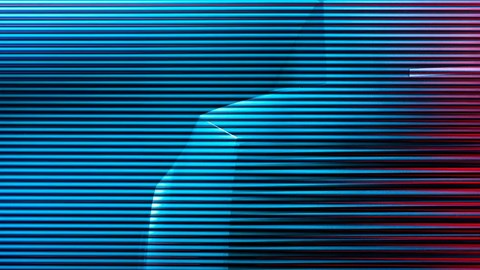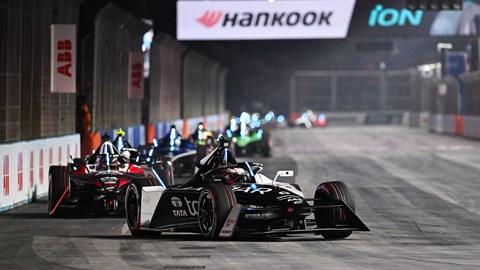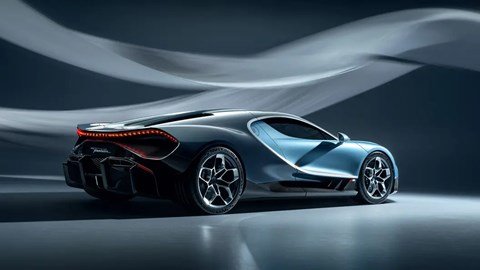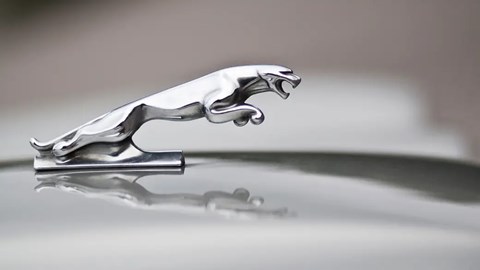► We speak to the Jaguar boss at the London ePrix
► More on marque’s new EV strategy
► And why it’s thinking long-term
The road to an all-electric future has become less of a motorway and more of a scenic B-road. Alongside government U-turns at home and away, huge players are all dusting down test benches and returning to ICE R&D – while simultaneously saying they never really left.
It’s difficult enough for brands like Nissan and Toyota that have vast, multiple powertrain technologies at their disposal – but where does it leave a brand that just seemingly committed to an all-electric future? To find out we spoke to Rawdon Glover, the man leading Jaguar into its new, premium all-electric chapter.
In many ways, Jaguar has no choice but to continue; simply because of the time scales involved with such a mammoth task. Its new three-car strategy and the JEA (Jaguar Electric Architecture) platform it’ll sit on has been years in the making – and it’ll be years in the doing too.

Any platform decision is probably a 12–15-year decision, because you’ve got five, six years in the gestation and then you’ve got probably a maximum of eight, nine years to leverage the platform once you launch it.’ says Glover, over the din of thumping techno.
We’re not talking in a nightclub, but in the quietest possible corner of the Formula E 2024 season finale. As it turns out that’s just next to Jaguar’s hospitality centre on the last corner of the circuit. ‘So, it’s not a short-term decision that you can flex mid midstream,’ he continues.
The cat is mid-pounce, with its road car plan headed towards three EVs in the next three to four years – but, on track, things are already full EV. Jaguar has been there or thereabouts in Formula E for the last few years, winning the constructors’ championship this year, and only just missing out on the drivers’ championship. Both Mitch Evans and Nick Cassidy went into the last race with a chance to win, with both in position at certain parts.

Before this, Jaguar’s last constructors’ championship came in the 1991 FIA sports car championship – winning with the Ross Brawn-penned, V12-powered, XJR-14. Put those stats together, and Jaguar’s racing transformation has already begun. But, back on the road, Jaguar is looking well past the here and now.
‘This platform has got to be the right thing for us well into the next decade. So, what we got to think about [is] not what is happening in 2024, [but] what is happening in the early part of 2030 – 2032. It’s going to basically last that time period,’ he adds.
What’s more, the return to ICE is happening more amongst volume players (such as Volkswagen and Audi) side and bespoke supercar products (such as the Gordon Murray T.50 or the V16 Bugatti Tourbillon seen below) – not where Jaguar’s new car will play:

‘We’re not going to be in the volume part of the market, which is probably most affected by what’s going on at the moment,’ Glover confirms. ‘The term I use this is discretionary spend; you don’t have to spend £110,000 pounds on a vehicle – you do because you want to.
‘You do it because there’s that sort of that inherent demand for it. We’ve got to create that demand. To a certain extent, that’s agnostic to the platform and that’s the job that Jaguar needs to do.
‘It’s never about the powertrain first, it’s got to be about the design of the brand first, and then those good things come second.’
So how do you create a new vision and a new demand? First, you retire everything else – after all, you can’t create an all-new vision with last year’s work in the same gallery.

Jaguar has already begun to sunset the rest of its range, but the rate of its deceleration can be managed to an extent. Think gentle EV regen rather than a devastating EV pile-up: ‘I think at an enterprise level, we’ll look at how we optimize that blend of full electrification, combustion engine and hybrid,’ said Glover, adding that it’ll only be a short to medium term solution with sales continuing to 2025 in certain markets.
Glover was also keen to point out the support infrastructure for the current models would remain for years to come, with customers able to buy new Jaguars in 2024 with confidence. They’ll be supported, but they’ll look rather dated compared to Jaguar’s new trilogy.
‘It’s not about running them to side by side, we really need to close one chapter,’ Glover told us. ‘Then we have a period to prepare and generate demand for the next chapter. Then we’ll go live with the next chapter.’
Read more about Jaguar’s forthcoming EVs here.